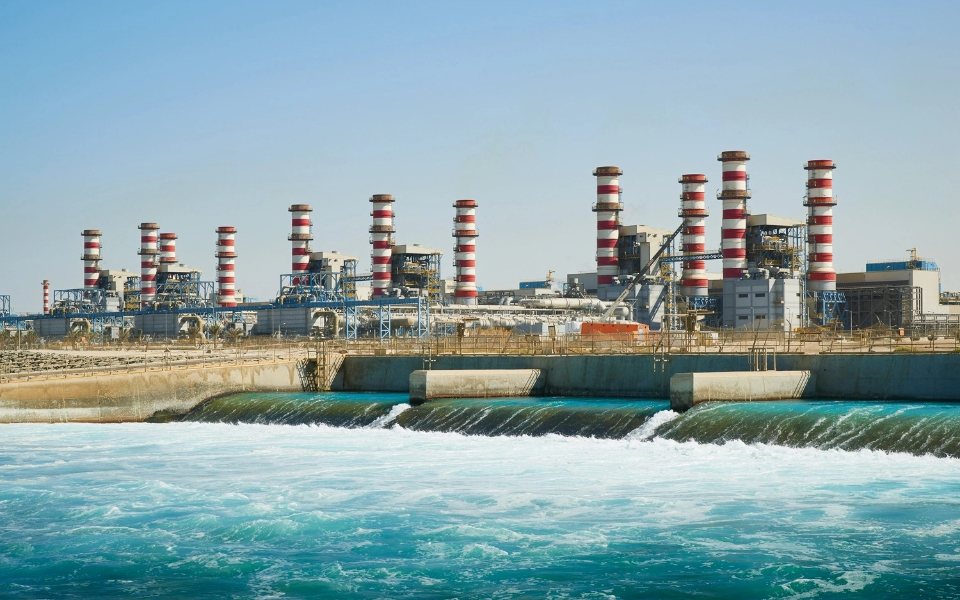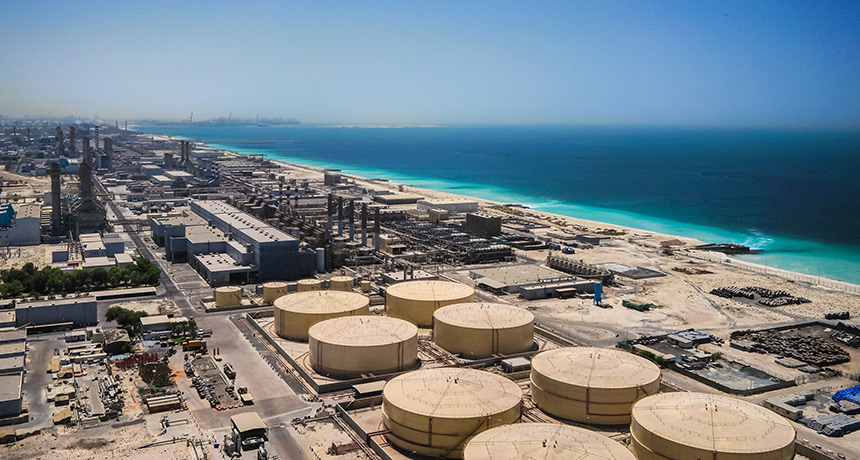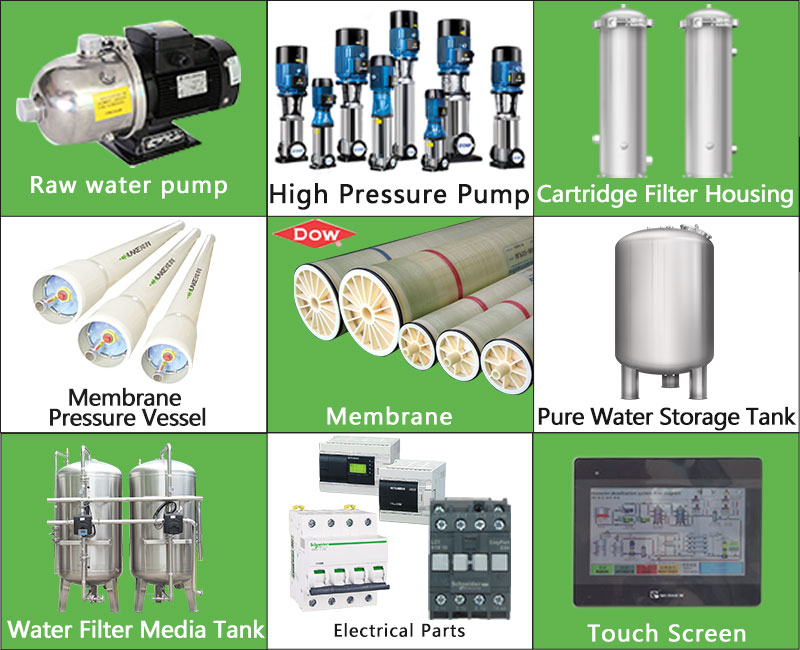What happens to the salt after seawater desalination?
Seawater desalination is an important technology that can remove salt from seawater and produce fresh water to solve the problem of shortage of fresh water resources. However, the fate and changes of salt after seawater desalination have always been one of the focuses of people's attention. This article will delve into the changes in salt content after seawater desalination and their possible effects.
What happens to the salt after seawater desalination?
1. Salt treatment method
The main technology used in Sea water desalination plants is reverse osmosis, which separates salt and impurities in seawater through reverse osmosis membranes to produce fresh water. The separated salt is usually disposed of through specific treatment methods to reduce the impact on the environment.
2. Salt treatment technology
Salt treatment technologies include sun salt, crystallized salt, freeze crystallization and other methods. Sun salt is the natural evaporation of desalinated seawater, so that the salt gradually crystallizes and precipitates, forming a salt pile. Crystallized salt is salt produced through artificial evaporation, crystallization and collection processes, while freeze crystallization uses low temperatures to condense salt in seawater.
3. Environmental impact of salt
The salt treatment process after sea water desalination may have a certain impact on the surrounding environment. For example, the salt discharge process may affect the balance of the marine ecosystem and have a certain impact on organisms and plants in the surrounding sea areas. Therefore, seawater desalination plants need to take appropriate measures to reduce the impact of salt emissions on the environment.

What impact does the salt content after sea water desalination have on the environment?
1. Impact of salt discharge on marine ecology
Salt discharge after sea water desalination may change the salinity and temperature of seawater, affecting the balance of marine ecosystems. Discharged water with high salinity may have an adverse impact on the living environment of surrounding marine life, leading to a reduction in biodiversity and affecting the health of the marine ecosystem.
2. Effects of salt on soil and vegetation
Salt emissions may cause contamination and damage to surrounding soil and vegetation. The penetration of salt into the soil will cause soil salinization, affecting soil fertility and plant growth, and even leading to land desertification. This will have a negative impact on local ecosystems and agricultural production.
3. Management and control of salt emissions
In order to reduce the impact of salt discharge on the environment, seawater desalination plants need to take effective management and control measures. This includes optimizing salt treatment technology to reduce salt emissions; strengthening monitoring and assessment to detect and solve problems in a timely manner; and conducting environmental impact assessments to reduce negative impacts on the surrounding environment.

How do sea water desalination plants dispose of leftover salt?
The salt produced by the sea water desalination plant is an important by-product. How to deal with the remaining salt has become a problem that the sea water desalination plant needs to face.
1. Salt recycling
Some seawater desalination plants will adopt salt recycling technology and use salt for chemical production, agricultural irrigation or other industrial purposes to achieve resource recycling.
2. Safe storage of salt
Sea water desalination plants may safely deposit remaining salt to prevent any impact on the surrounding environment. These salts are typically stored and processed in specially designed storage facilities.
3. Processing of salt into salt products
Some seawater desalination plants may process the remaining salt to make salt products, such as edible salt, industrial salt, etc., to meet market demand.
4. Environmental Impact Assessment
When the sea water desalination plant handles the remaining salt, it needs to conduct an environmental impact assessment to ensure that the salt treatment will not have a negative impact on the surrounding environment and comply with environmental protection requirements.
5. Innovation in salt treatment technology
With the continuous development of technology, seawater desalination plants are also exploring new salt treatment technologies to improve salt recycling and treatment efficiency and reduce environmental impact.

What impact does salt processing have on the marine ecological environment?
The wastewater produced by the seawater desalination plant to treat residual salt may have a certain impact on the surrounding marine ecological environment. The following is the analysis and answer to this question:
1. Increase in salinity
The wastewater generated by the sea water desalination plant to process residual salt may contain high salinity. When discharged into the ocean, it will increase the salinity of the surrounding sea areas and affect the living environment of aquatic life.
2. Aquatic life affected
High-salinity wastewater may have negative effects on aquatic life, such as affecting the growth and reproduction of fish, affecting the growth of marine plants, etc., causing damage to the marine ecosystem.
3. Water pollution
Wastewater may contain chemicals other than salt, such as heavy metals, etc., which may cause water pollution and affect the health and survival of marine life after being discharged into the ocean.
4. Environmental protection measures
In order to reduce the impact of seawater desalination plants on the marine ecological environment, it is necessary to strengthen wastewater treatment and discharge management, formulate strict discharge standards and regulatory measures, and ensure that wastewater discharge meets standards.
5. Ecological restoration and protection
Ecological restoration and protection of the affected marine ecological environment is an effective way to reduce the environmental impact of seawater desalination plants. Ecological restoration and protection can be promoted through measures such as planting marine plants and establishing marine reserves.






